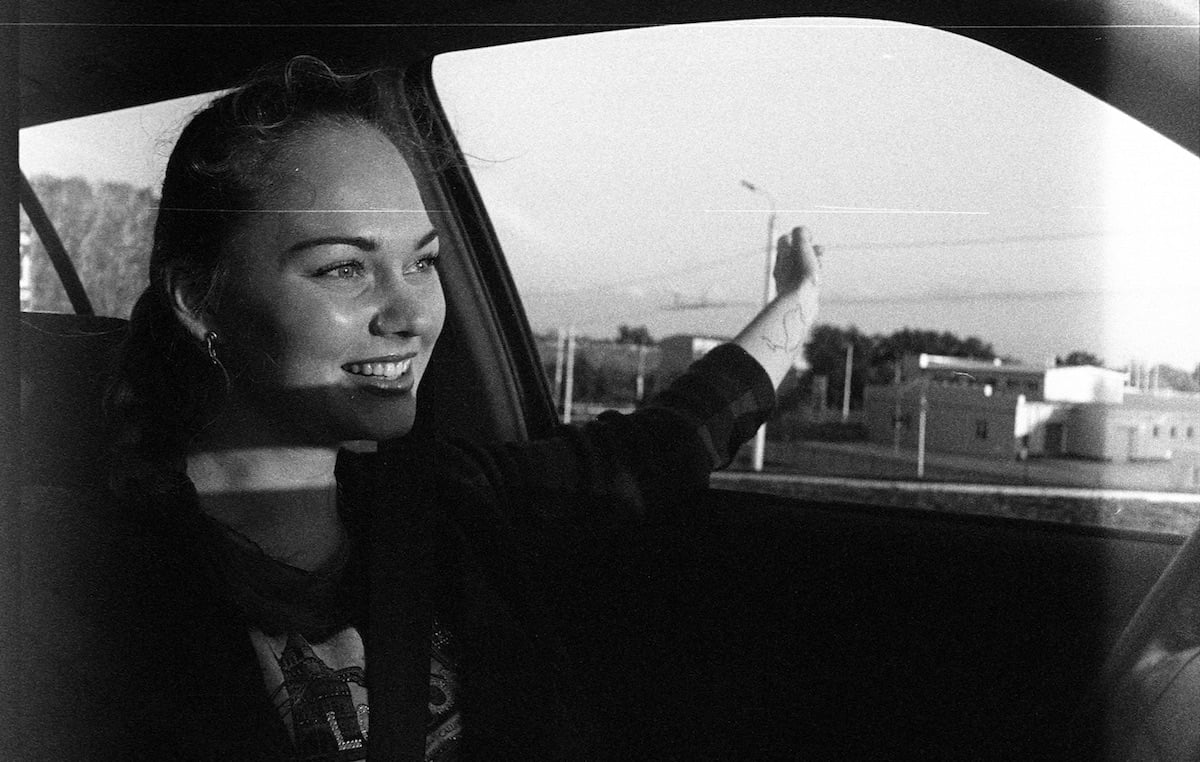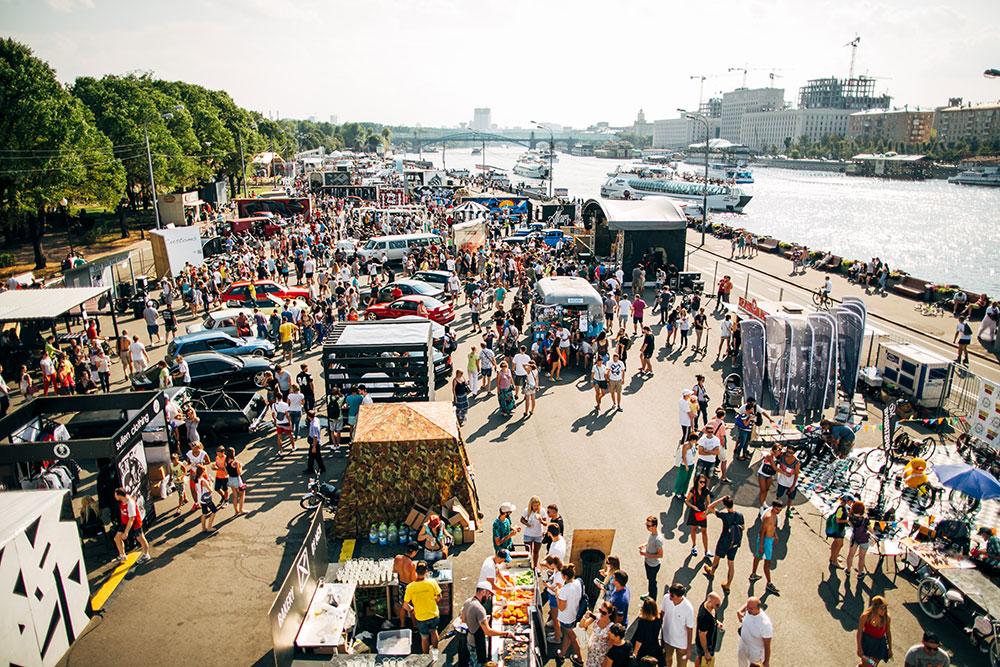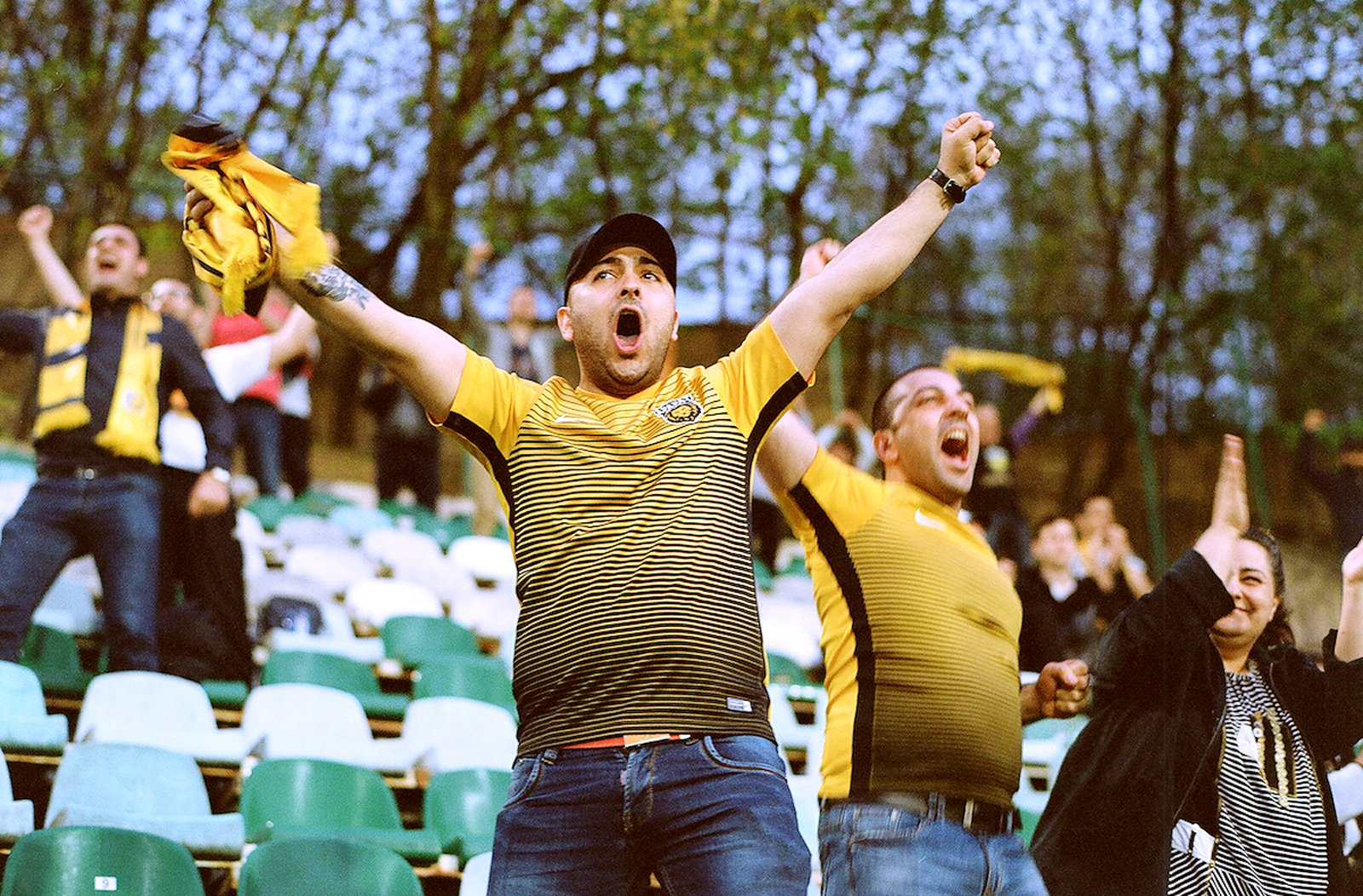On the road with the football fans bridging Moldova’s divided nation
If Moldova is known for anything in the West, it is the frozen conflict between the government and the self-declared independent statelet of Transnistria, which lies to the east of the Dniester river and favours secession to neighbouring Russia. Despite these tensions, an administrative anomaly means that Transnistrian football clubs play in the Moldovan league structure — as a result, football is a canvas on which the country’s overlapping identities and complex realities are writ large.
For her project The Moldovan Derby, photographer Chiara Dazi spent several years travelling to matches across Moldova and Transnistria, in order to reveal, in her words, “daily life in a nation looking for normality, while building new identities on its controversial past and present.” Here, she describes her experiences in communities that are both divided and united by football in ways that defy the easy categorisations usually applied to the country.
Some years ago, I noticed FC Sheriff Tiraspol playing in international tournaments. Tiraspol is the capital of the self-proclaimed state Transnistria, which is not internationally recognised, but they play in official FIFA competitions — something that is only possible because Sheriff, like other Transnistrian clubs, play in the national league of the Republic of Moldova.
In recent years, thanks to the efforts of the diplomatic community, the dialogue between Transnistria and Moldova has intensified. But football fields have been a privileged shared space between the two entities for much longer. Thus, as I saw it, they made it possible to capture photographically some kind of connection — ironically, in the form of a sporting conflict — or at least to “cross the border”.
Based on my experience travelling around the country, contact between different regions is sparse. For most of the supporters I met, attending football matches on the other side of the river was their first time setting foot in the opposing territory, or visiting distant cities in other regions of the country.
It’s not just Transnistria that is represented through football. Gagauzia, an autonomous region in the south of Moldova with a Gagauz-language (close to modern Turkish) population, has also found a stage on the national level to show its pride through the sport. After some years where the team was predominantly made up of African and Turkish players looking for a shop window on the European stage, it recently adopted a grassroots policy of developing local youth talent.
Foreign media often depict life in the country in terms of black and white conflicts. Through football, I understood how “grey” the reality is. At home games, the ultras of the Chișinău club FC Zimbru divide into two groups and sing in two different languages, but then they unite for away games. I saw a member of the largely Russian-speaking ultras from Bălți — a northern city with strong ties to Russia — wearing the Moldovan flag during a home game against FC Sheriff. Cultural, linguistic, political, business, and other interests mix in this football landscape, both strengthening and blurring the boundaries of different identities.
To be honest, football is not the main sport in Moldova, and a real football tradition hasn’t developed as it has in neighbouring Ukraine or Romania. In Soviet times, decent Moldovan players and clubs made an impression in the Soviet leagues, but after the transitions of the 90s, development wasn’t healthy. The only relic of that tradition today is FC Zimbru, which has more than once been on the verge of collapse.
As a consequence, not many people go to games, especially away fixtures. The financial situation of the majority of the population also preclude these kinds of leisure activities, even if access is mostly free. There are some exceptions: Zaria Bălți often had a full stadium, with engaged viewers of all ages; Speranța Nisporeni, too, though theirs seemed a more curious, casual public. It is difficult to foster an attachment between population and clubs, as even “home” games are often played elsewhere for lack of infrastructure. Another reason why football is not the most popular sport is what I see as the strong individualism present in Moldovan society. Moldova excels in individual sports like wrestling, and less in team sports.
I was most interested in the “backstage” side of football, the moments before and after games. During matches themselves, I was rarely looking onto the pitch, instead focusing on the spectators or the surroundings. I spent a lot of time there, coming back to games again and again. This is my way to connect deeply to a place, to try my best to understand how it feels for locals.
Sure, I witnessed fights and had unpleasant encounters at police stations. There was the time I was stranded late in Transnistria and had to hitchhike back to Chișinău from the Administrative Border Line (the name given to the “border” with Moldova) with the help of the Transnistrian border guard. At the start of my travels, I was visiting the amazing Sheriff sports complex. There is a whole house there used solely as a dovecote. The guy there told me: “if you get married in Moldova or Transnistria, I will get you the doves for your wedding.”
One of the stories that reveals most about what life in Moldova is really like is that of Eustatie, from the village of Speia in the centre of the country. His house backs onto the stadium, and the fruit from his trees literally falls into the grounds. I met him during my first trip in April 2015. He was wearing a typical fur vest and immediately offered me his homemade wine and shared his story. He was home for a month or two, before leaving again for Russia where he worked in construction. The wife helped out at the stadium during Sunday games, and with gardening in the week to make ends meet. Eustatie remembered how full the terraces were in Soviet times, right there under his nose! State-owned greenhouses and jam production companies had once made Speia rich — hence its 10,000-seater stadium. But today very few jobs are available, the workforce is gone, and the crowd is made up mostly of children and the elderly.
The Moldovan Derby was supported by the Brouillons d’un rêve grant from the Société civil des auteurs multimédias (SCAM).


